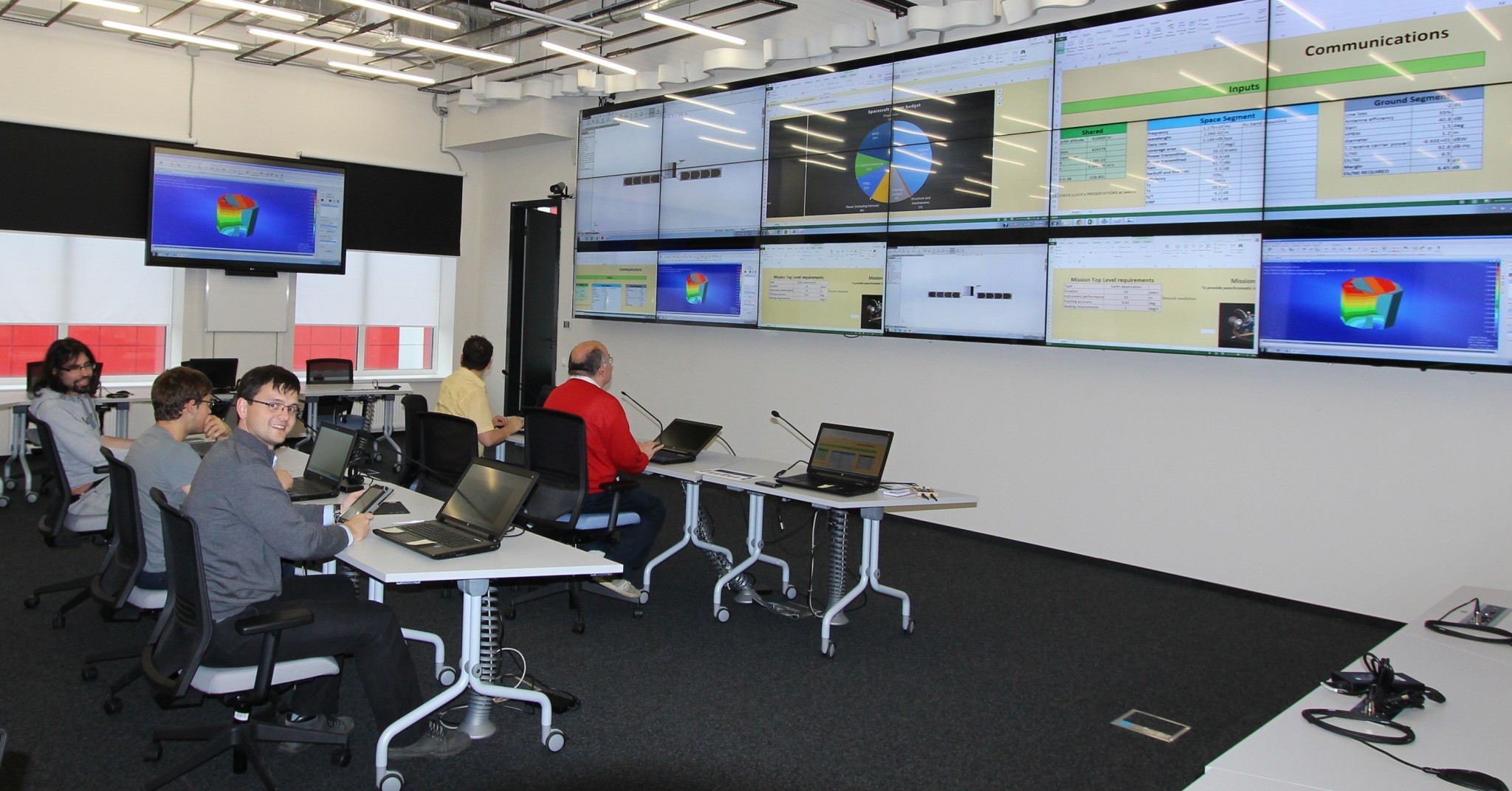Concurrent Engineering Research And Applications
Posted By admin On 05/06/19- Concurrent Engineering Research And Applications Journal
- Concurrent Engineering Research And Applications Journal

CONCURRENT ENGINEERING: A KEY COMPETITIVE DIMENSION
David I. Clelandis currently Ernest E. Roth professor and professor of engineering management in the Industrial Engineering Department at the University of Pittsburgh. He is the author/editor of twenty-one books and has published many articles appearing in leading national and internationally distributed technological, business management, and educational periodicals.
SJR impact factor of Concurrent Engineering-Research And Applications, 1063-293X, SCImago Journal Rank, impact factor.
Dr. Cleland has had extensive experience in management consultation, lecturing, seminars, and research. The first edition of his book, Systems Analysis and Project Management, won the McKinsey Foundation Award as one of the five outstanding management books in 1968.
He was the recipient of the “Distinguished Contribution to Project Management” Award given by the Project Management Institute in 1983, and received the 1983 Institute of Industrial Engineers (IIE)-Joint Publishers Book-of-the-YearAward for the Project Management Handbook.
In 1987, Dr. Cleland was elected a Fellow of the Project Management Institute.
Project management plays an important role in helping a company to manage the technology embodied in its products and supporting services such as marketing, manufacturing, procurement, and quality. Survival in the global marketplace requires that products be commercialized faster, costs be lowered, and quality improved. Anything short of this will not be competitive with the realities of customer demands today.
Project management carried out through a product design team working in the context of “simultaneous engineering” can do much to improve global competitiveness.
Simultaneous engineering goes by other names such as concurrent engineering, design for manufacturing, design for assembly, and parallel release. The keys to simultaneous engineering are teamwork and communication among the different specialists who will be working on the project team to develop both the product and its supporting processes. Some companies bring customers and suppliers into the product design. Consider that
- Anywhere from 50 to 80 percent of the cost of manufacturing a product is determined in the design phase.
- Sixty to 80 percent of any product's total cost is locked in at the design stage.
- Poor design will contribute to downstream quality problems—upwards to 40-50 percent of such problems.
- Overcomplicated designs can cause delays and lead to costly engineering changes.
- Product life cycles are getting shorter.
We must transfer the learning we have gained in the art and science of project management to the simultaneous engineering concept.
There are many success stories of companies that have dramatically improved their products and processes through simultaneous engineering. There are many examples of companies that have failed to use simultaneous engineering as a corporate strategy, leading to decreased competitive performance in the marketplace.
A home appliance manufacturer allowed its design engineering group to put a lot of “enhancements” in a new appliance. Failure to have manufacturing and marketing in on the decisions to include these enhancements caused the product to miss its targets in the marketplace and lose both market share and profit.
Concurrent Engineering Research And Applications Journal
Most companies have traditionally operated with minimum communication between design and manufacturing. Design and manufacturing engineers usually had different educational backgrounds, shared little professional language, and had different objectives.
Design engineers, often working independently, worried about product form, fit, and function. Manufacturing engineers were perceived as working in “the dirty factory,” concerned only with getting the product out the door. Marketing's job was to sell the product. Almost as an afterthought, after-market service people were brought into the picture.
The traditional departmentalization in the organization threw up “walls” between key organizational functions. When design finished their work, the product was “thrown over the wall” to manufacturing to produce the product and then they threw it over the wall for marketing to sell.
Concurrent Engineering Research And Applications Journal
The result: protracted product development cycles, increased costs, poor quality, too many engineering changes, and the dismay of watching competitors gain market share and make more profits.
The benefits of simultaneous engineering have been known for some time. Until just the last few years, attempts at implementing it were thwarted by hierarchical organizational cultures and strong middle-management fiefdoms. In project management, we have learned to work around and through these cultures and fiefdoms in order to meet project technical objectives on time and within budget.
We must transfer the learning we have gained in the art and science of project management to the simultaneous engineering concept in a forthright manner.
There are enormous benefits to be gained. The greatest benefit is simply that it will increase our chances of remaining competitive in the growing—and unforgiving—global marketplace.
Manufacturers will have to rethink their entire product and process development and support strategies. Relationships with customers and suppliers will need to be carefully reviewed.
The exciting news is that those of us who are dedicated to the project management profession have so much to offer in simultaneous engineering. Let's get that message out to the leaders of our organizations.